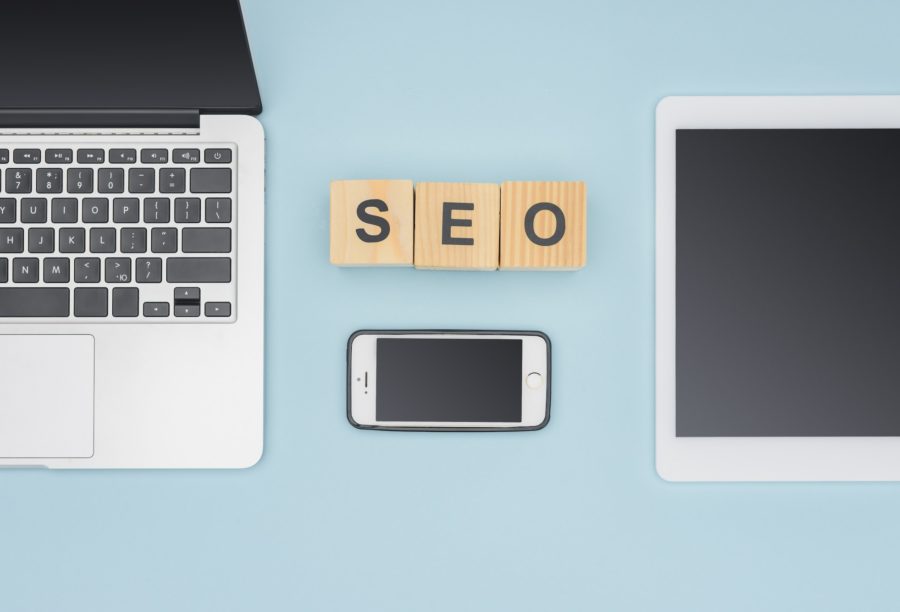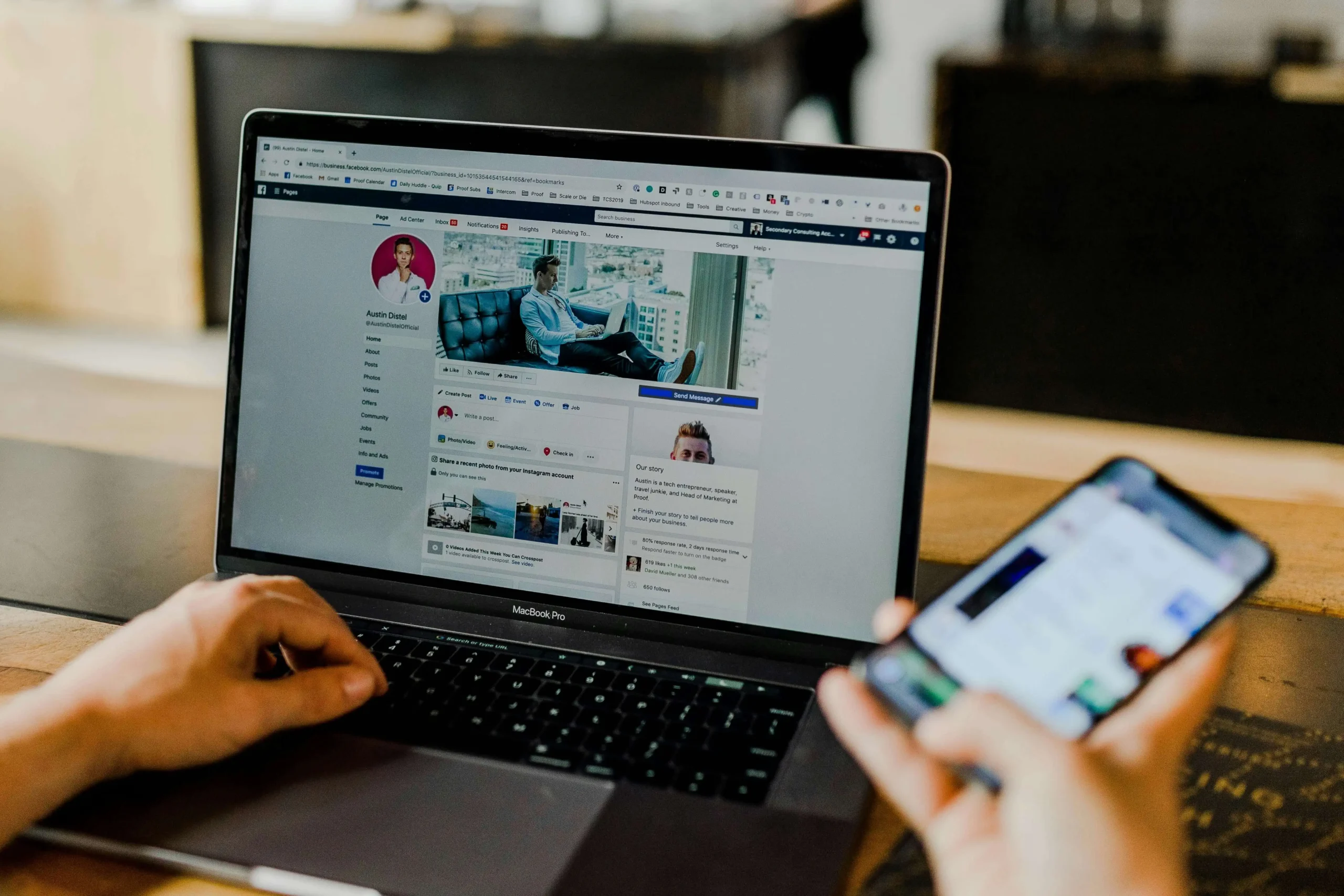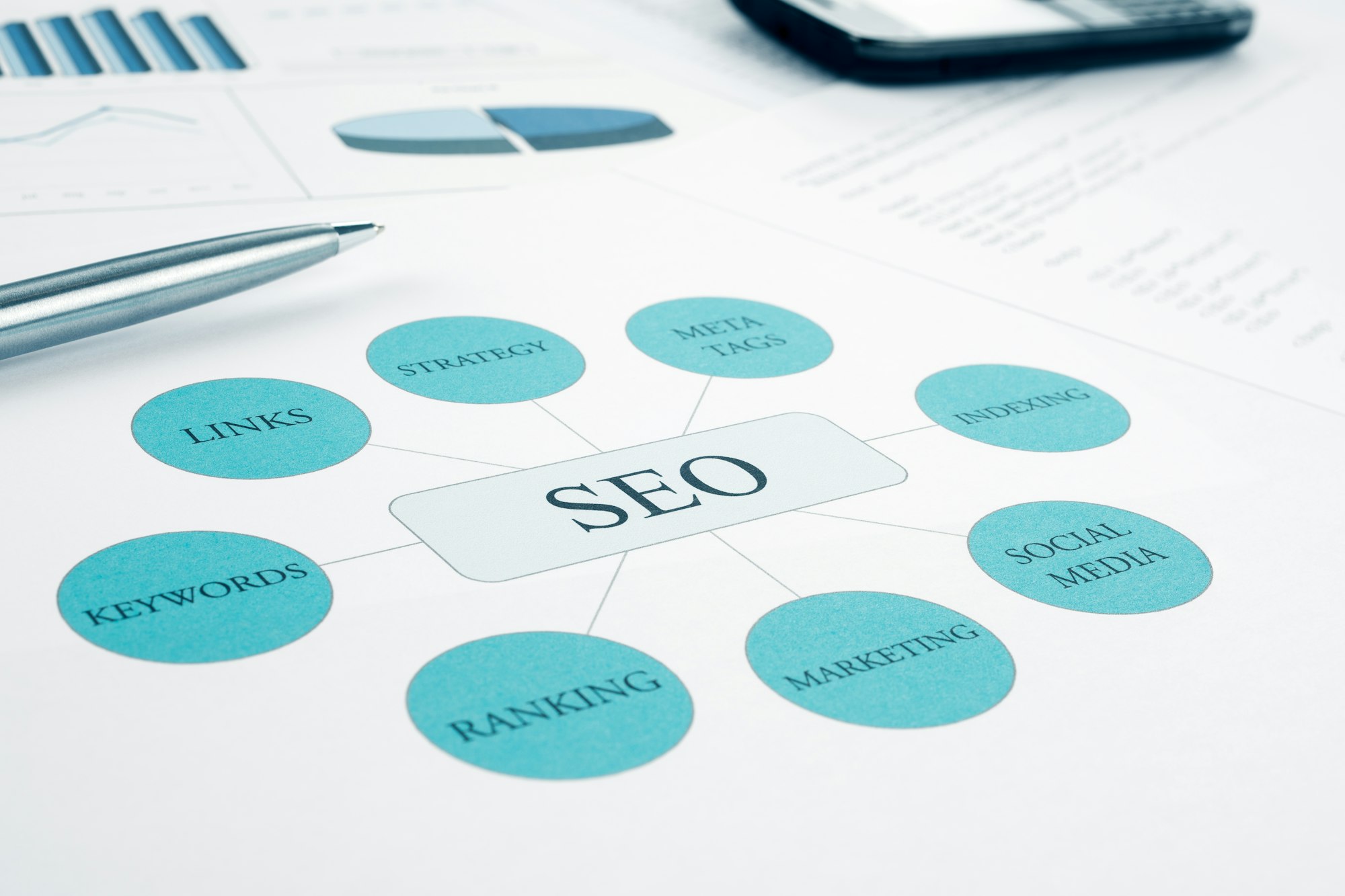
Estimated reading time: 8 minutes
Today we are going to discuss 7 SEO tips that can increase exposure online.
Among the most important factors that help a website rank higher in search engine results is the quality of its content. Content creation should focus on satisfying the needs of your user and optimizing them for search engines. There are several key on-page SEO elements you need to focus on, including title tags, meta descriptions, H1 tags, internal links, and content. These elements are used to boost your page’s ranking and improve your traffic.
There are a lot of things you can do to get more traffic from search engines. Today, we will focus on the top 7 SEO tips to help you increase your exposure online.
1. Optimize Your Meta Description For Keywords And Clicks
When writing your meta description, be sure to include your primary keywords. These should be highlighted in bold text. Also, make sure your description fits within the 920-pixel limit; otherwise, you’ll get an ellipsis.
Related Links
Your meta description should also contain your primary keyword, which is the term that your potential customers are typing into search engines. Including the phrase in the meta description shows Google that your website is relevant to the searcher’s query.
While it may not be a direct ranking factor, the meta description can increase your Click Through Rate (CTR) and attract users. The higher the CTR, the better your ranking. However, this isn’t the only benefit of using meta descriptions – other factors contribute to the ranking of your page.
Another important SEO tip is to make sure your meta description is optimized for mobile devices. This is because meta descriptions on mobile devices tend to be much shorter than the ones on desktop devices. While Google and Bing have different guidelines for this, the best practice is to keep your meta description between 120 and 156 characters. The more relevant information you can include in your meta description, the better.

2. Optimize All Image ALT Attributes
Image ALT attributes help search engines and end users understand what your image is about. They also provide a description of the image, which helps those with vision impairments see the content better. For best results, add at least one keyword to the alt text.
Optimizing the alt text to include the most relevant keywords for the image is crucial. Not only will it help visually impaired people, but it will also help search engines understand the content of your website. There are many free and paid SEO tools that can help you do this much faster, especially on WordPress.
For example, this plugin can help with bulk alt-tag optimization. Google considers alt text as a ranking factor, so it is important to write informative and keyword-rich description text. It should be short and simple enough for non-visual users to understand what the image is about.
Using the right image ALT attributes will make your website more appealing to users and increase your rankings. The best place for images is near the top of the content and above the fold. If they are buried in the content, Google will likely downgrade them.
3. Make Your Title Tags Attractive
The title tag should describe the content of your page in a clear and concise way. Not only does it attract users before they click on your link, but it also helps search engines determine the relevance of your site. Include relevant keywords in the title tag so that users will find the right page. The title should also be unique. Keep the title between 50-60 characters.
You can add variations of your primary keyword in the title. These variations should be long-tail keywords, synonyms, or LSI keywords. This will help Google identify the best content to match the search query. Including the main keyword and variations will increase your chances of ranking in the search results.
Google attempts to answer users’ queries in the most accurate manner possible, but title tags are also one of the most important factors. A well-written title tag will help Google rank the page higher.
4. Add LSI Keywords In The Content
When optimizing a web page for SEO, it is essential to use LSI keywords in a variety of places, including the page title, meta description, link anchor text, image alt tags, and body copy. LSI keywords should be natural and relevant to the content on your web page. Be careful not to stuff your copy with keywords, however, because keyword stuffing reduces readability and visibility on Google.
Using LSI keywords is a great way to improve the on-page SEO elements and search engines’ understanding of your content, avoid keyword stuffing penalties, and increase traffic to your website. However, it is important to apply LSI keywords in a natural way and consider the user’s experience when using them.

LSI keywords are a great way to improve search results, but they’re not magic formulas to boost your site’s SEO. You need to optimize for multiple keywords and phrases, including your main keyword phrase. It would help if you also tried to incorporate LSI keywords into your content to give your content a fresh new look. If you’ve written the same content for years, consider implementing LSI keywords to boost your search results.
LSI keywords are phrases associated with your main keyword that people search for online. Google highlights these phrases in its search results and highlights them using boldface. Google’s Keyword Planner is a great tool for finding LSI keywords.
5. Check And Improve Page Speed
Page speed refers to the time it takes to load a webpage. Page speed optimization is critical for on-page SEO techniques. It is affected by several factors, including the size of the page, the server used, and the compression of images. One of the easiest ways to test page speed is to measure the time it takes to load a fully loaded page. The other method is the time to the first byte, which measures the time it takes to begin packing.
Page speed matters because it affects the overall performance of the website. A slow site can frustrate visitors and lead to poor conversions. According to John Mueller, Senior Webmaster Trends Analyst at Google, a website should aim to load within two to three seconds. A recent study by Hubspot found that page speed affects 70 percent of consumers’ willingness to make a purchase. Similarly, Google found that page speed and bounce rate are directly related.
Another way to improve page speed is to install a content delivery network (CDN). This technology can improve the speed of a website by distributing content among multiple servers. In this way, the content is sent to users from a server close to the visitor’s location.
6. Brand Name In All Your Titles
There are a few tips and strategies that you can follow to improve your ranking in search engines, including using your domain name in the title of your page. This can help your website rank better than your competitors’ websites and attract more traffic. You can also make use of keywords in the title to boost your rankings.
7. Add Keywords To Your H-Tags
When trying to rank higher in Google, it is important to include H-tags in your website’s code. These meta tags should describe the content of your page or article. Using a tool like Keyword Generator can help you with the creation of meta tags. The first step in creating a meta tag is to choose a seed keyword. This should be the broadest and most general short phrase that describes the page or country you are targeting.
When optimizing the H-tags on your website, ensure they are written well. This will make it easier for search engines to understand the content of your page. Both Google and Bing have confirmed that the use of H-tags is important to their algorithm. This way, Google will be able to understand the structure of your page, which can make it eligible for featured snippets.

Although H-tags aren’t visible in the search results, they help human users and search engine spiders understand your page content. They help establish the importance of your page’s content and increase its ranking.
We hope that these 7 SEO Tips That Can Increase Exposure Online will help you increase your exposure please call us or use the contact form below to start a new SEO project today.
Contact Matchbox Design Group Today!
If your website could use a refresh or you’re looking to drive more traffic to your site, fill out the form below and we’ll contact you to learn more about your digital needs.

